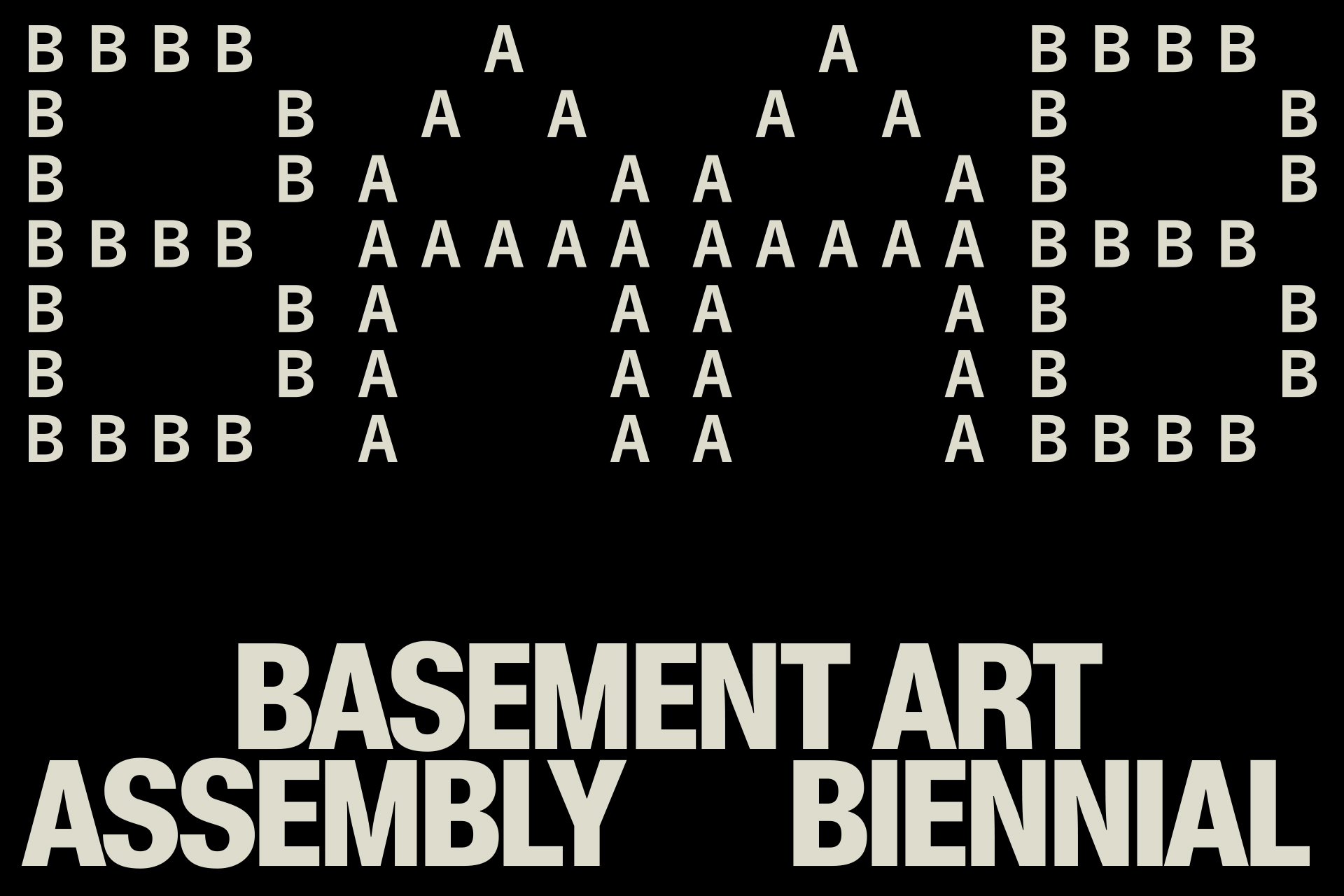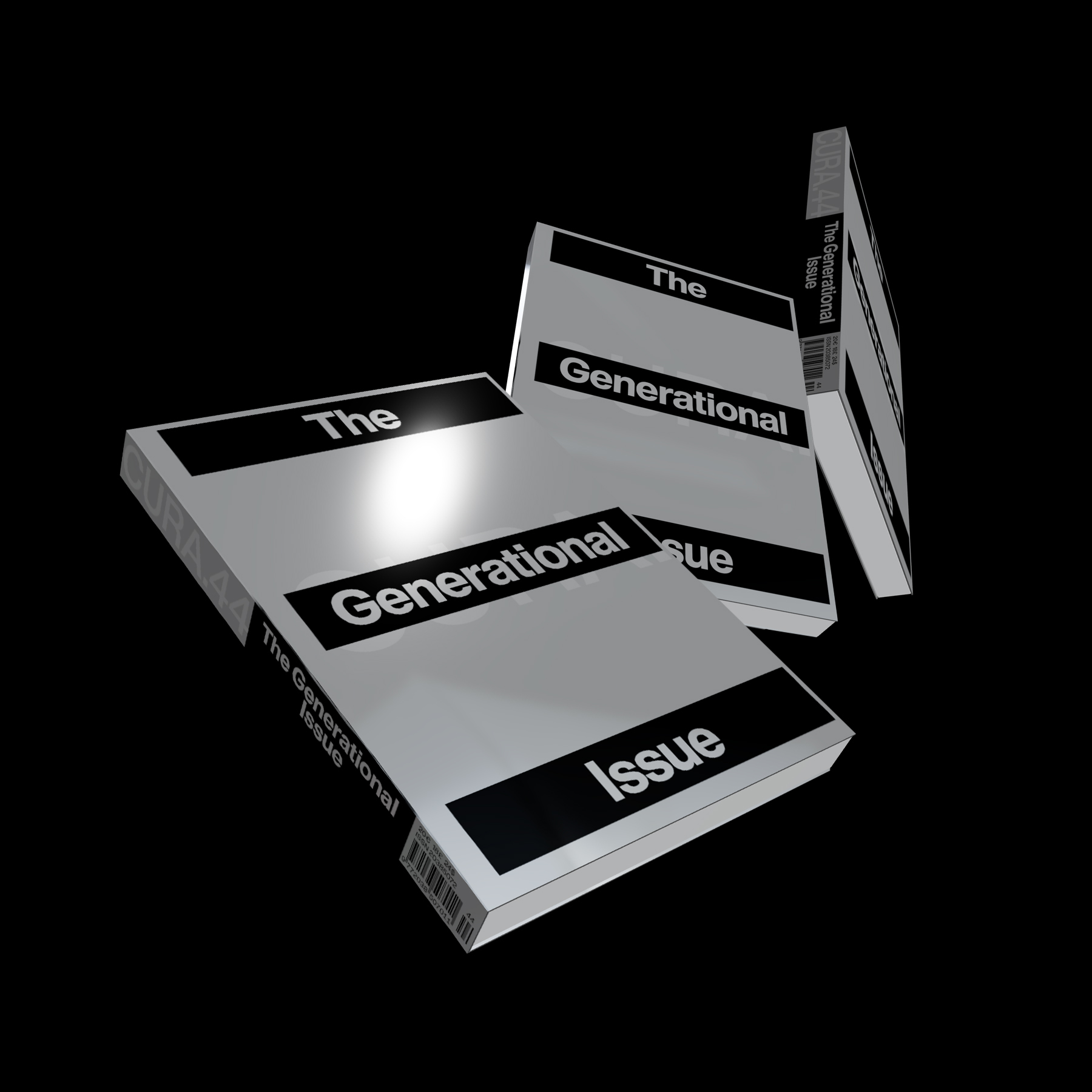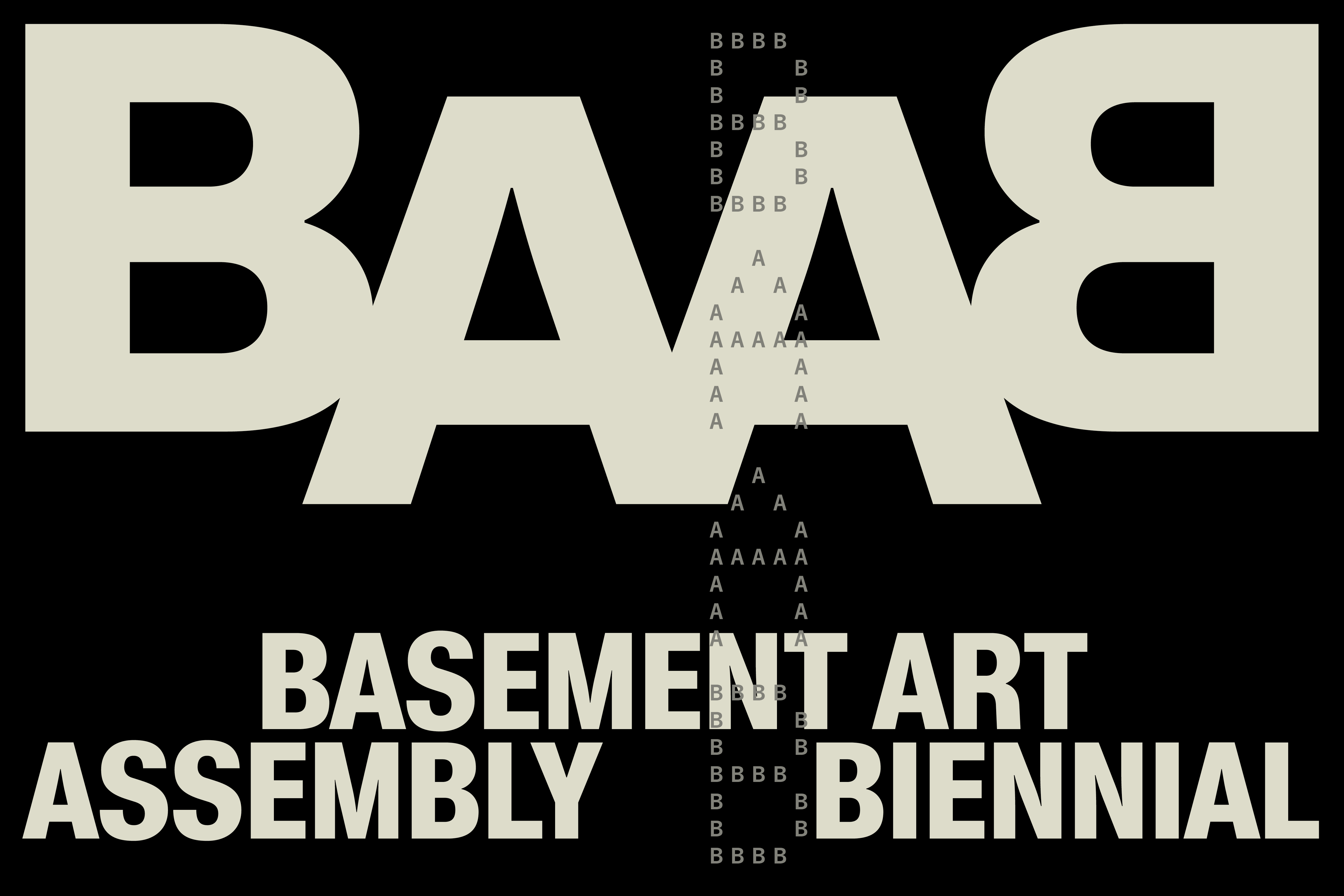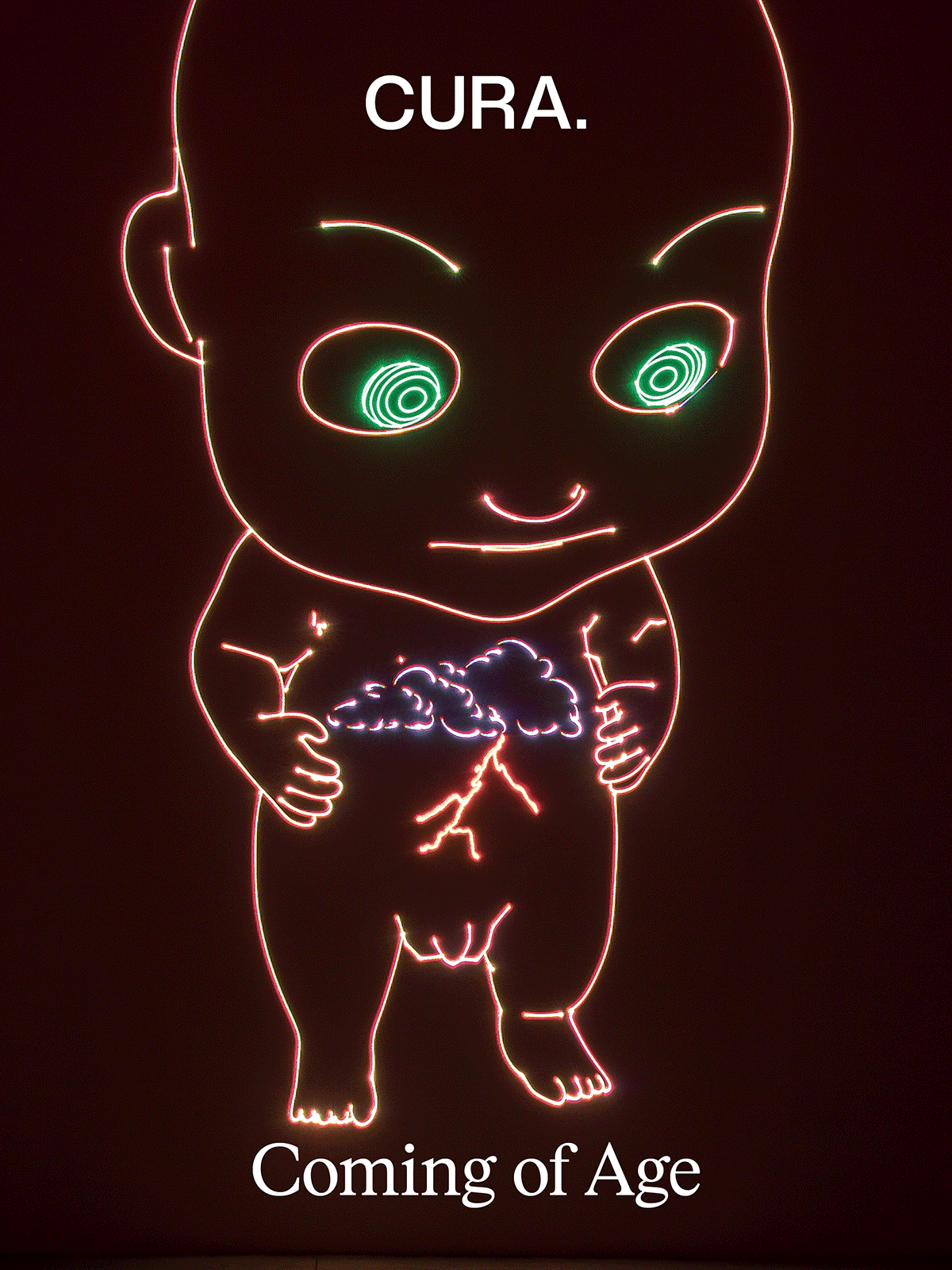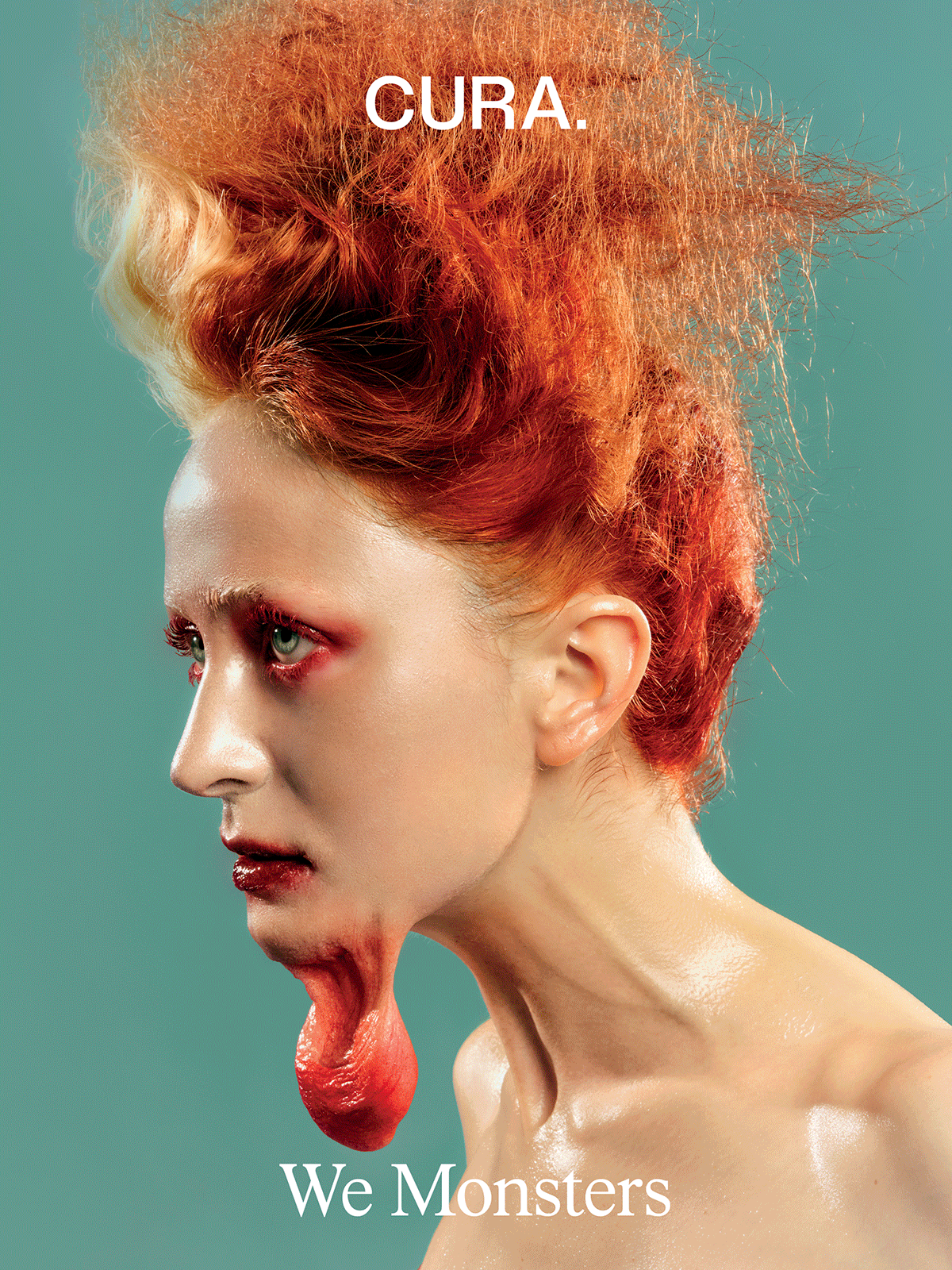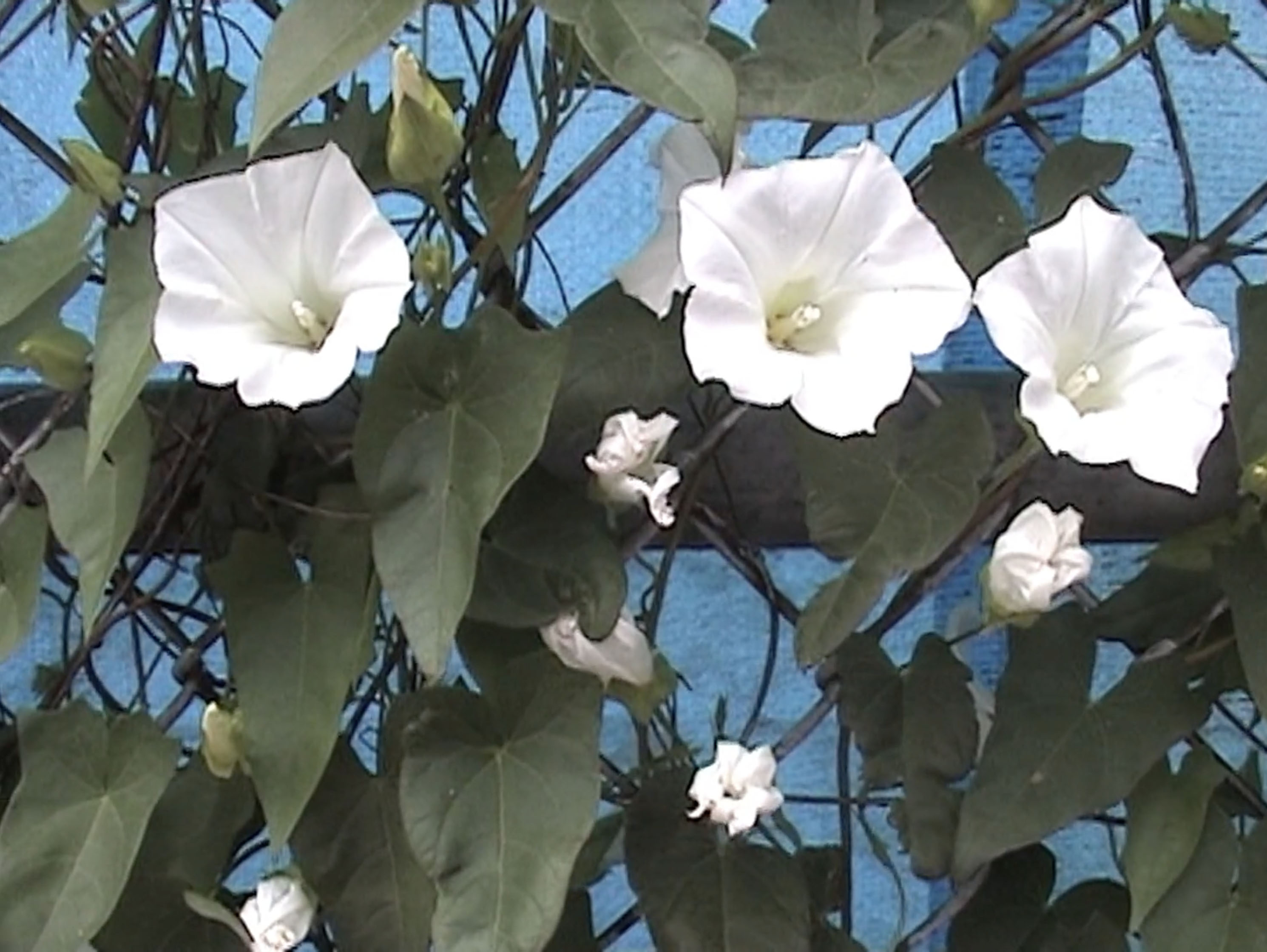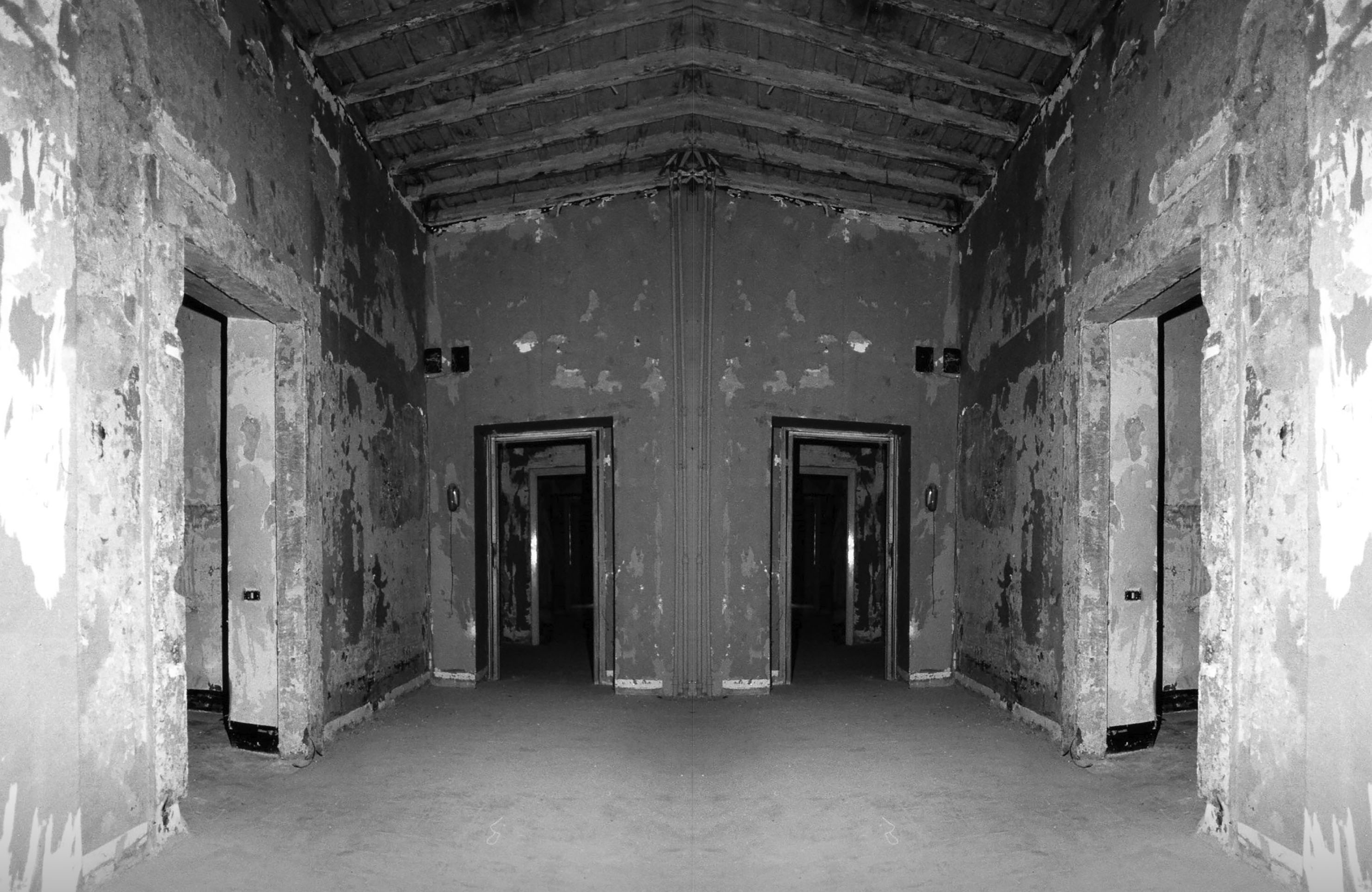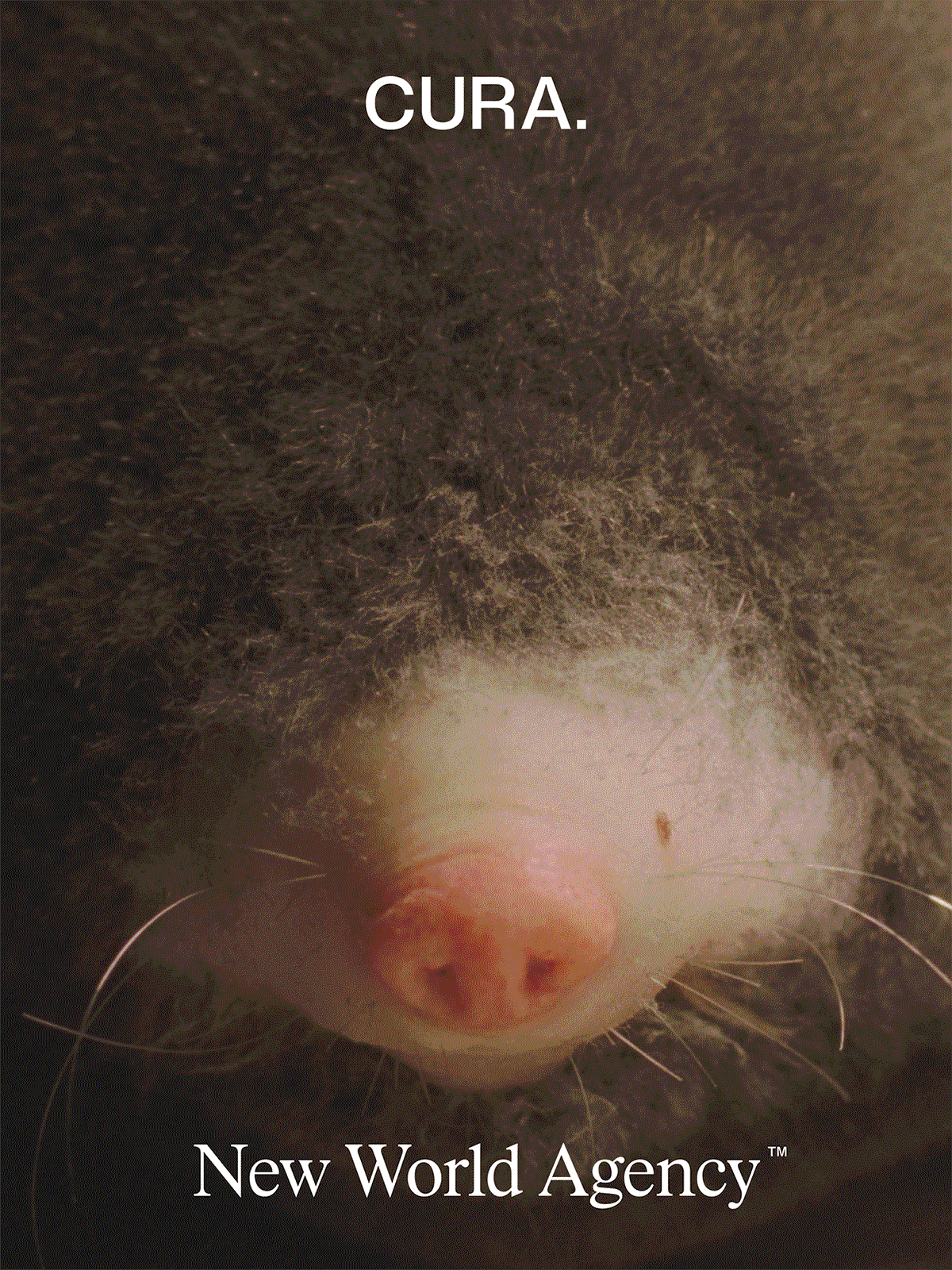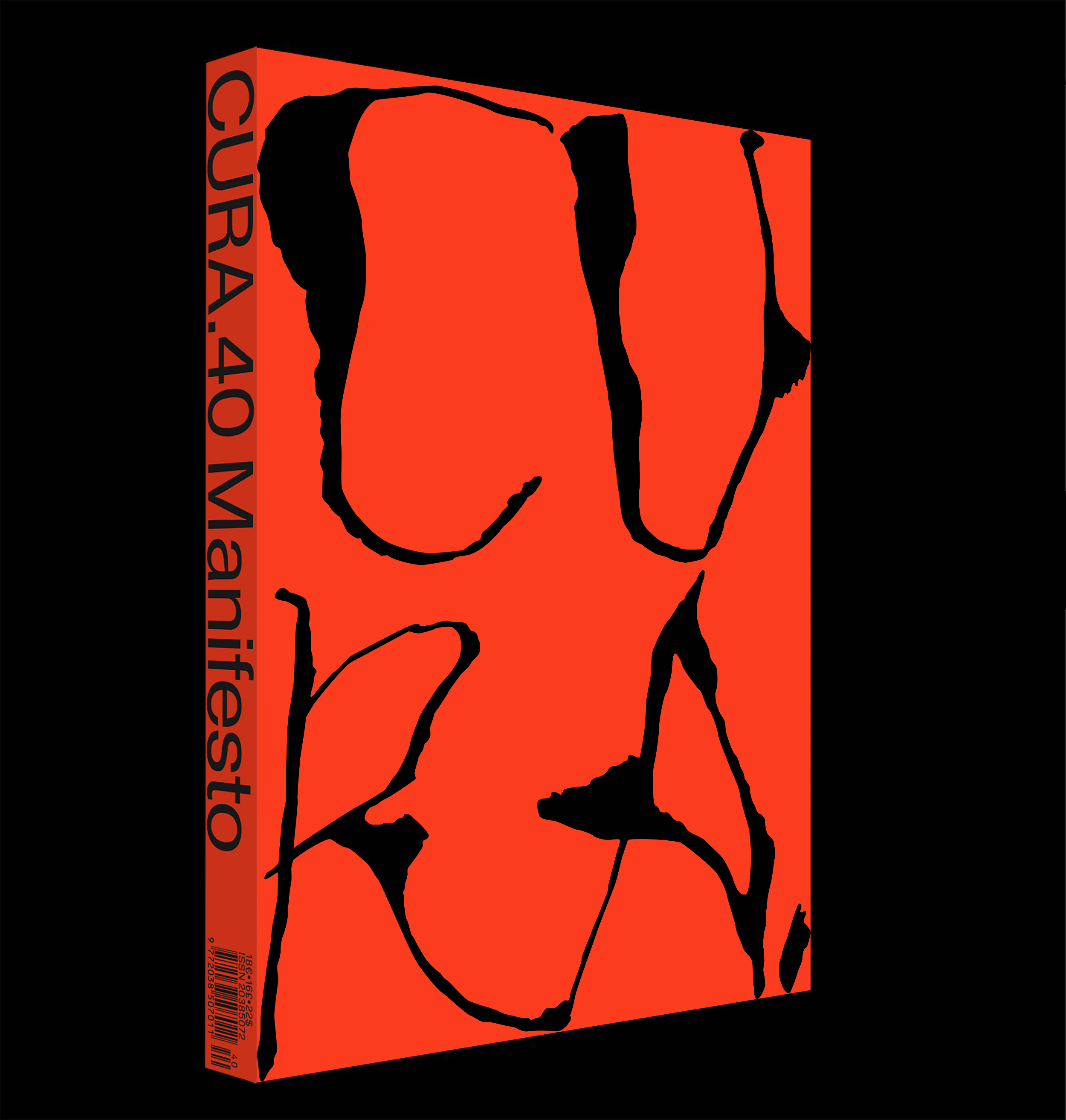Issue 00
September 10–November 6, 2025
Rome 00195
Italy
“Most basements aren’t for people. They are for washing machines, cars, wine, or boilers. If kitchens are for cooking, dining rooms are for dining, and bedrooms are for beds, basements tend to be left undefined—they are simply underground. They are out of sight and open to interpretation. When people go there, they are free to do anything.” (Anthony Huberman)
With a wide range of media, site-specific works, installations, performances, films, actions and new productions, the debut edition of Basement Art Assembly Biennial (BAAB), Issue 00 opens in Rome on September 10, 2025 (preview on September 9).
Conceived and curated by Ilaria Marotta and Andrea Baccin, founding directors of CURA. and under the umbrella of an Advisory Board composed of Nicolas Bourriaud, Jean-Max Colard, Simon Denny, Anthony Huberman and Lumi Tan, BAAB Issue 00 is set within the limited confines of Basement Roma and some occasional offsite hotspots, and it is intended as a moving organism, a performing space called to change over time, in a process of transformation, writing and rewriting that develops over its duration, until it becomes a single body and a choral and collective experience. The first draft of a “self-styled biennial” thus presents itself with its own limits and questions with respect to an ever-changing world, where to nurture a new critical thought, through energies, connections, experimentations, assemblies and a new sense of community.
BAAB Issue 00 is a political act that outlines, highlights, and reveals. What is brought to light is above all an embryonic, hybrid, metamorphic world, in which roles, times, and actions mix; it is the zero point in which differences and plurality coexist, in which the classical principles of artistic representation are undermined and the open boundaries of a new space of freedom are defined. It’s the site for new assemblies. It is a way to imagine alternative futures.
The list of participating artists includes: Davide Balula (1978), James Bantone (1992), Cecilia Bengolea (1979), Hannah Black (1981), Danielle Brathwaite-Shirley (1995), Vittorio Brodmann (1987), Claudia Comte (1983), Jeremy Deller (1966), Gina Fischli (1989), Gina Folly (1983), Aziz Hazara (1992), Calla Henkel (1988) / Max Pitegoff (1987), Carsten Höller (1961), Karl Holmqvist (1964), David Horvitz (1978), Than Hussein Clark (1981), Mark Leckey (1964), Lily McMenamy (1994), Nyala Moon (1992), Valentin Noujaïm (1991), Puppies Puppies (Jade Guanaro Kuriki-Olivo) (1989), Michele Rizzo (1984), Selma Selman (1991), Tobias Spichtig (1982), Nora Turato (1991), Women’s History Museum (Mattie Barringer, 1990 / Amanda McGowan, 1990).
An extensive interdisciplinary program of readings, talks, workshops and screenings, designed to engage both the local and international art scenes—including DIS (since 2010); Crack Reading Club (since 2021); Invernomuto (Simone Bertuzzi, 1983 / Simone Trabucchi, 1982) among others—will unveil the full list of the artists, guest curators and protagonists in September 2025.
A sound section curated by Ruggero Pietromarchi and composed of a series of mixtapes commissioned for the occasion is called upon to create a collective and stratified sound experience within the exhibition space. The performing program is co-curated by Ilaria Mancia.
The exhibition is accompanied by a publication edited by CURA. which includes texts by the curators, Nicolas Bourriaud, Anthony Huberman, Lumi Tan, Jean-Max Colard, with works descriptions edited by Costanza Paissan.
Preview: September 9 (on invitation only)
Opening: September 10 through November 06, 2025
The performance calendar will be developed between winter 2025 and spring 2026.
Press office: Lara Facco Press. With the patronage of: Comune di Roma. Institutional partners: American Academy in Rome, The French Academy in Rome–Villa Medici. Media partners: CURA., e-flux, Zero.
